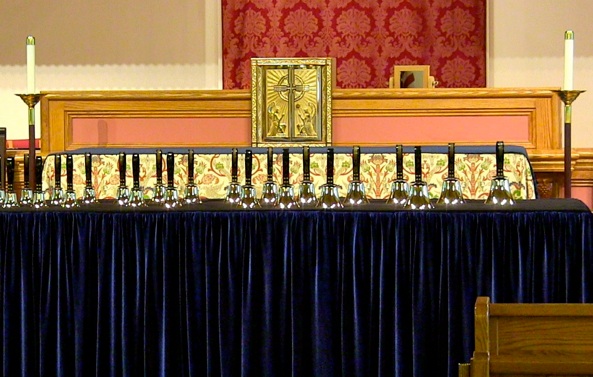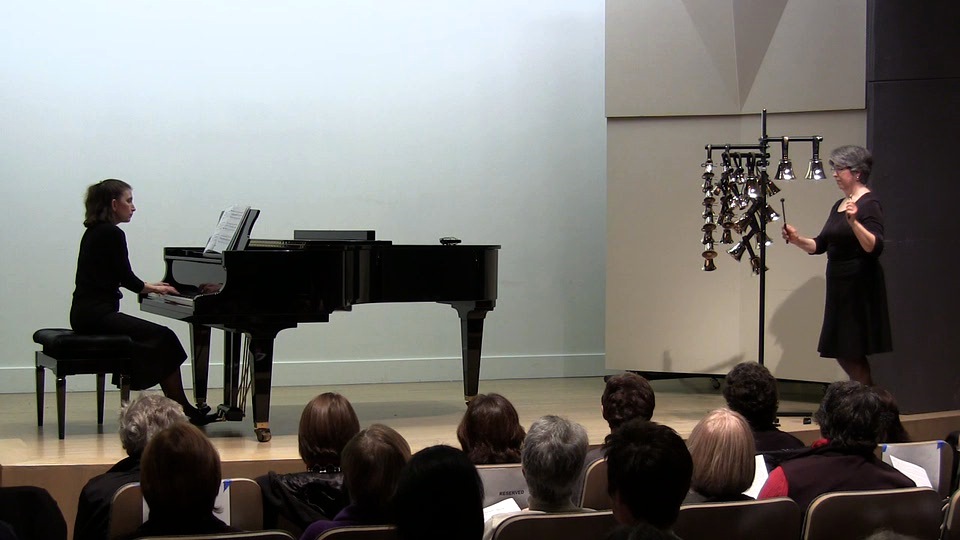See the other articles in this series, especially Table covers – choices, which discusses the most common fabrics used. Also search online for articles and videos about working with your chosen fabric, as well as any sewing techniques you want to brush up on.
Making your own table covers isn’t as difficult as making a wedding dress or a tailored suit. However, you must feel confident making things without patterns. If you hesitate to improvise, mock up the covers in muslin first. Test your ideas and make all your mistakes on muslin, which is cheap. Then buy the expensive fabric and use the muslin version as a model. If you baste the Velcro in place with large stitches, you can remove it to use on the real covers. Continue reading Table covers – making your own – buying supplies

